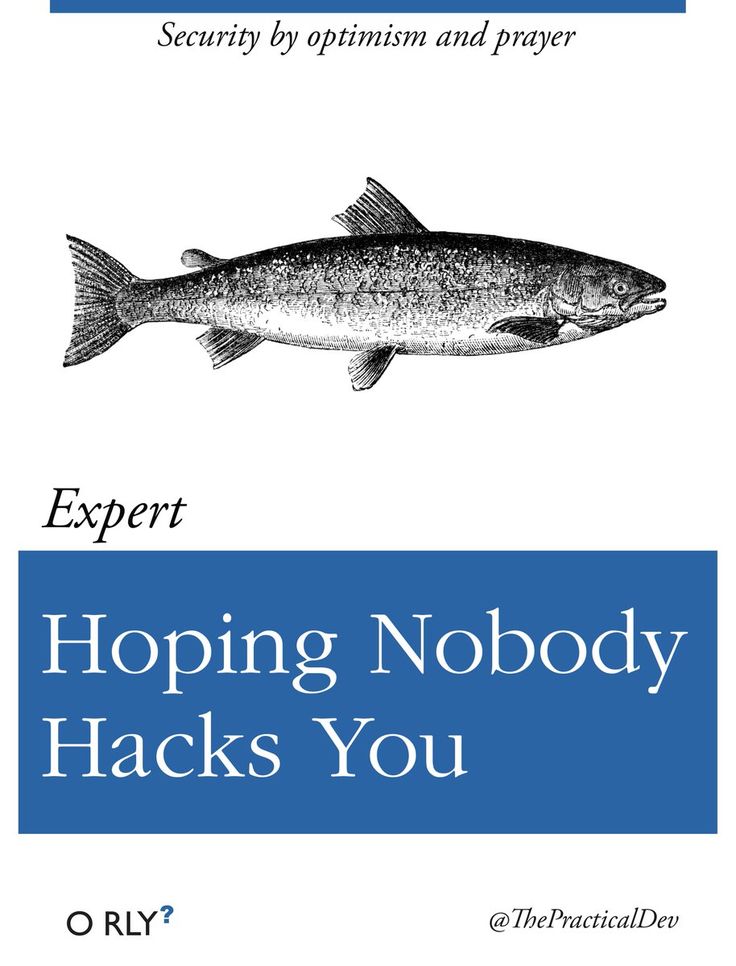
In the sprawling digital landscape of Secureville, a city renowned for its towering firewalls and impenetrable databases, there existed a curious and somewhat perilous practice known as "Hoping Nobody Hacks You." This strategy, employed by a daring few, was built on the twin pillars of optimism and prayer, a defense mechanism as ancient as the first lines of code written in the annals of cyberspace.
Our tale centers on a startup named Optimistech, a bright and bustling hub of innovation, where dreams were coded into reality, and the future was nothing but a deployment away. The team at Optimistech, led by the ever-optimistic Alex, had developed a groundbreaking application, "SafeHaven," designed to revolutionize how users interacted with the digital world.
"Security by optimism and prayer," proclaimed Alex, a mantra that echoed through the open-plan workspace of Optimistech, as the team poured their hearts and souls into SafeHaven. The application, a marvel of design and functionality, promised to be the next big thing in Secureville, with one small caveat—the team had focused so intently on features and user experience that they'd left the digital drawbridge down, so to speak.
As launch day approached, rumors of a shadowy figure known as The Hacker began to circulate, a digital ghost who slipped through the cracks of code, turning dreams into nightmares. The tales told of databases ransacked and firewalls crumbled, leaving behind nothing but the echoes of ones and zeroes in their wake.
The team at Optimistech, undeterred by the whispers of doom, pressed on. SafeHaven was their baby, their digital utopia, and they believed wholeheartedly in the goodness of the netizens of Secureville. "Who would want to hack us, anyway?" they mused, their optimism undimmed by the growing threats lurking in the darker corners of the internet.
The launch of SafeHaven was a spectacle, a digital carnival that drew the eyes of all Secureville. But as the citizens of the city began to explore the wonders of SafeHaven, a shadow fell across the land. The Hacker, drawn by the bright lights of Optimistech's creation, had found a new playground.
In the dead of night, as Secureville slept, The Hacker struck. SafeHaven, for all its brilliance, was vulnerable, its defenses as effective as a paper shield. The team awoke to a nightmare: user data strewn across the digital landscape, their utopia breached.
It was a wake-up call, a harsh lesson learned in the unforgiving classroom of the internet. The team at Optimistech, their optimism shaken but not shattered, rallied. They poured over lines of code, fortifying SafeHaven's defenses, patching holes, and building moats. They enlisted the help of cybersecurity wizards, sages of encryption and guardians of data, learning the ancient arts of digital defense.
As time passed, SafeHaven rose from the ashes, stronger and more secure. The team's mantra evolved from "Security by optimism and prayer" to "Security by design and diligence." They realized that in the realm of Secureville, hope was not a strategy, and prayer was not a protocol.
And so, the tale of "Hoping Nobody Hacks You" became a legend in Secureville, a cautionary story of the perils of naivety in a world where shadows lurk behind screens. It taught that optimism, while a noble trait, must be tempered with vigilance, and that the best defense against the dark arts of hacking is knowledge, preparation, and an unyielding commitment to security.
Optimistech's journey was a testament to the resilience of dreamers in the face of adversity, a reminder that in the ever-evolving battleground of cyberspace, the guardians of data must be as adaptable and resourceful as those who seek to breach the walls. And in this balance between hope and caution, between innovation and security, lies the true art of surviving and thriving in the digital age.